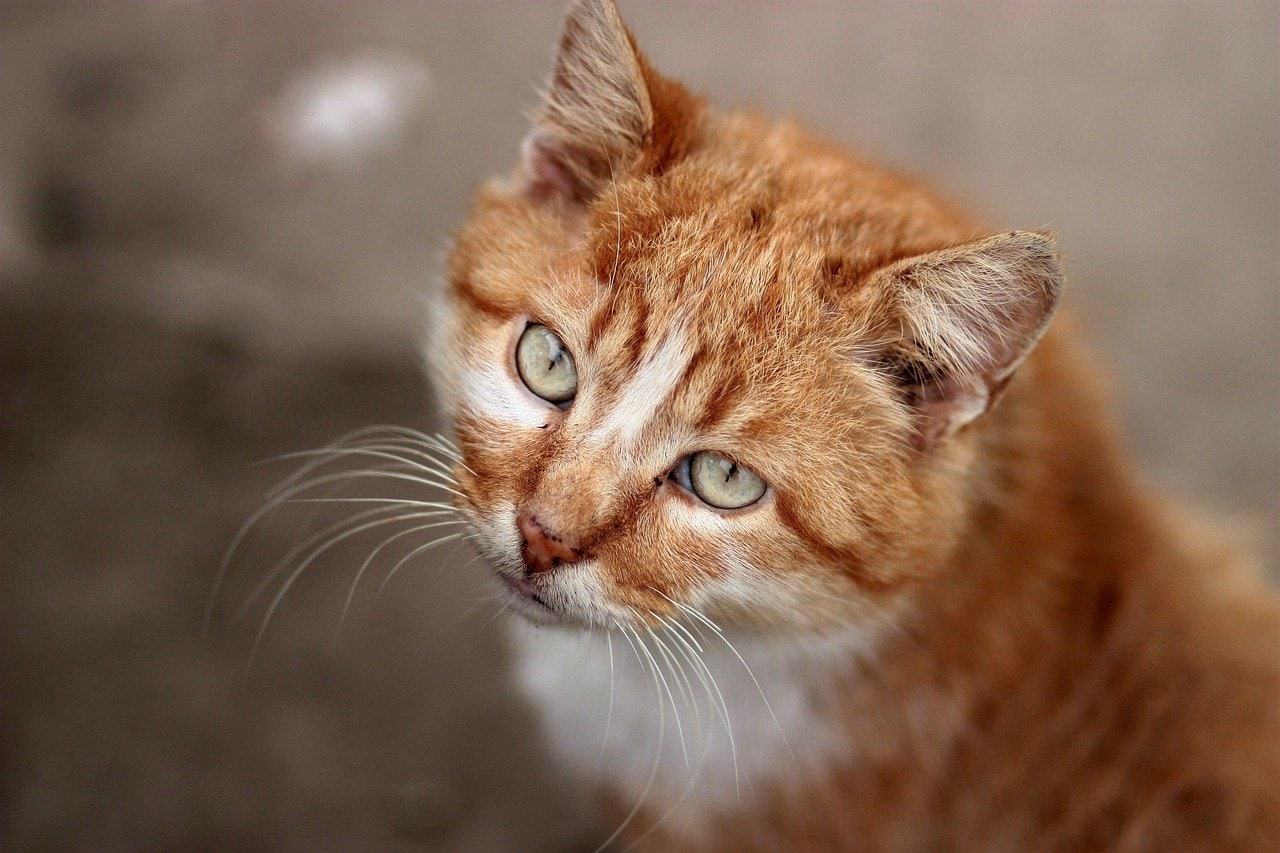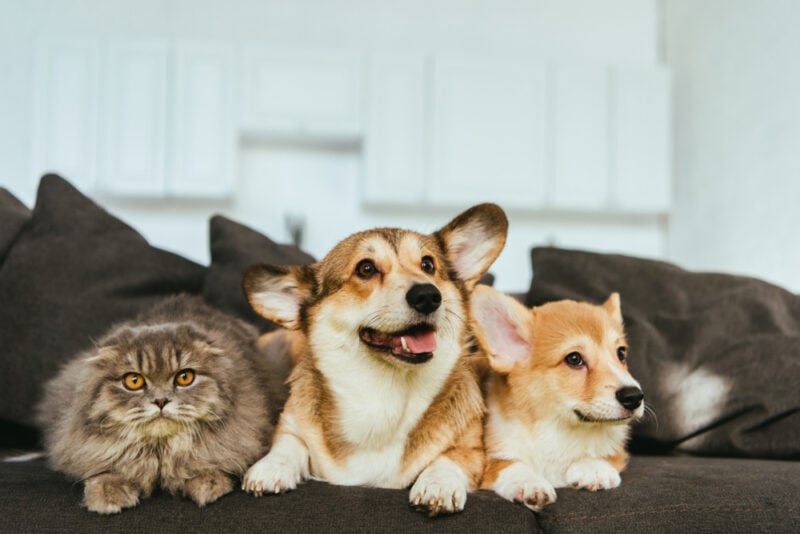VET APPROVED

The information is current and up-to-date in accordance with the latest veterinarian research.
Learn more »Click to Skip Ahead
Humans and cats have existed together and shared their homes for a very long time. It seems there is always more to learn about our beloved feline companions. There are some rumors floating around about coat colors, especially in orange cats.
It is true that orange cats are all tabby cats, but all tabby cats are not orange. It is also believed that all orange cats are male, but is there any truth to that?
While there may be some reason for this rumor, it is not entirely true. Most orange cats are male, but not all. The reasoning all comes down to genetic makeup and it’s actually quite interesting. Let’s dig into the details.

The Role of Genetics
The reason that a cat has a certain coat color or pattern is a result of their genetic makeup and the chromosomes they inherit. Melanin is the ultimate deciding factor in the final coat color, and it consists of two pigments, eumelanin (dark brown, blackish) and pheomelanin (yellowish, reddish, or orange).1 An orange coat results from one gene changing or blocking the expression of another gene, which blocks the production of black pigmentation and allows the expression of the orange one.
The orange cat’s color is dependent upon a sex-linked gene. Female cats have the chromosomes XX, while male cats have the chromosomes XY. The gene for orange is linked to the X chromosome. That means that for a female cat to be orange, she must inherit the orange gene from each parent, a total of two orange genes. If she only inherits one orange gene, and the other one is black, she will have a combination of the two, expressed as calico or tortoiseshell patterns. A male cat only requires one of the orange genes to come out orange. Because of this, approximately 80% of orange cats are male and 20% female.
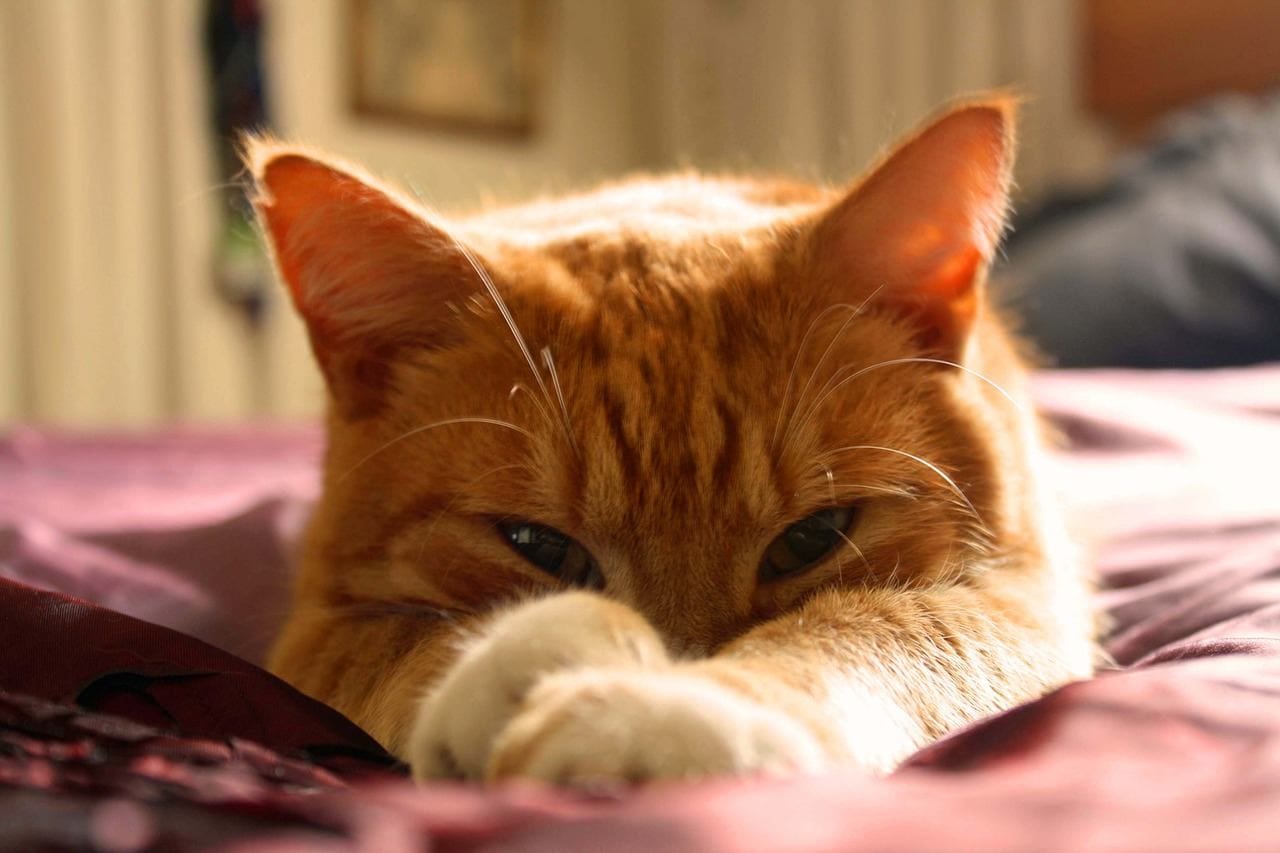

Some Other Facts About Orange Cats
1. A Pigment Called Pheomelanin Causes Their Color
Orange cats come in different color variations, ranging from a deeper reddish-orange color to a much paler yellowish to cream color. The reason for this is due to a pigment called pheomelanin. Pheomelanin is also the reason for red-headed humans. The other pigment known as eumelanin is responsible for black and brunette hair in humans.
2. Orange Tabby Cats Are Not a Breed
Most people are unaware that a tabby cat is not a specific breed of cat, but simply a coat pattern. The term “tabby” hails from Baghdad, Iraq in reference to silk and rug patterns, which is how this coat pattern got the name.
3. Orange Tabbies Have 4 Different Patterns
Orange tabbies generally have four different pattern types. Because all orange cats are tabby cats, none of them will come in a solid-colored coat. All tabbies have the distinct “M” shape on the forehead
4. Classic Tabby
The classic pattern gives a tie-dye look with swirls, blotches, and a marbled look to the coat. They will often have a circle on their side and a butterfly pattern on their shoulders.
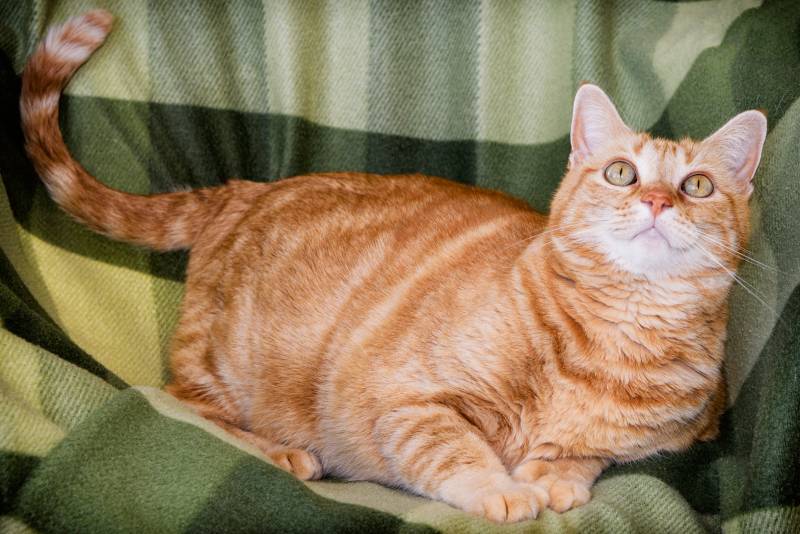
5. Mackerel Tabby
Mackerel tabbies are also known as striped tabbies. They have thinner stripes, not swirls on the body, from their spine to the abdomen.
6. Spotted Tabby
The spotted tabby is not too difficult to picture. Rather than the classic swirls and blotches, the pattern is broken up and spotted.
7. Ticked Tabby
Ticked tabbies do not have the traditional striped, spotted, or swirling pattern and they are the most likely pattern type to be mistakenly identified as non-tabby. They do have the tabby markings on their face but the normal patterns on the body are very broken up.

Orange Cats Have Great Personalities
Surveys reported by owners of orange cats may suggest that orange cats could be more friendly and affectionate, but of course, these results should be considered with a degree of bias. Although anecdotally in some cases male cats have been observed as being slightly friendlier than female cats, this is more dependent on their character, early socialization, and previous experiences. If this were true, however, it would give orange cats the advantage since more of them are male.
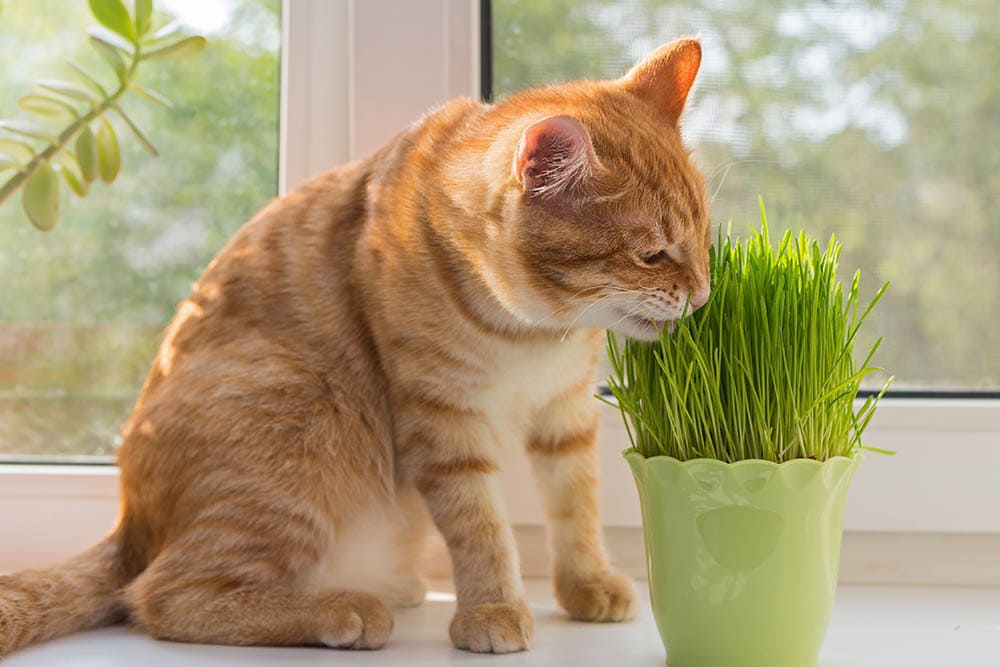
Purebred Cats with Orange Tabby Breed Standard
The orange tabby pattern has been recognized as a breed standard coat color in several of the registered purebred cat breeds.
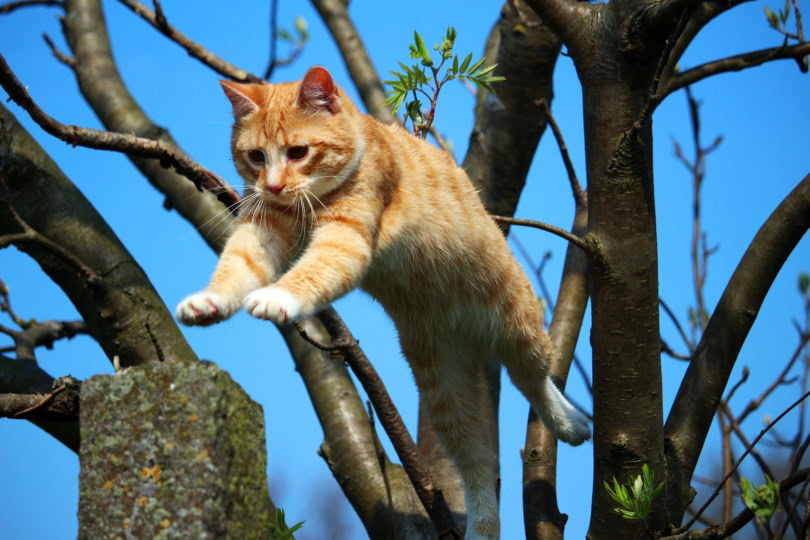
Orange Tabbies Are Quite Famous
When we think of an orange tabby cat, Garfield is probably the first to come to mind. From the comic strips to the television screen, Garfield is a beloved and iconic lasagna-loving fictitious cat that is responsible for bringing popularity to orange tabbies.
In addition to Garfield, you’ve got Morris from 9Lives cat food, Orangey from Breakfast at Tiffany’s, Milo from Milo and Otis, Tonto from Harry and Tonto, Jones from Alien, Crookshanks from the Harry Potter series, Puss in Boots from Shrek 2, Spot from Star Trek, Orion from Men in Black, and Goose from Captain Marvel.
The list could probably go on much longer, but it’s easy to see that Hollywood is keen on our beloved orange tabby cats.

Conclusion
Female cats require two orange genes, one from each parent, to take on the orange coloration. Otherwise, if they only inherit one, they will have a bi or tri color pattern of tortoiseshell or calico, while males only require one orange gene. This results in about 80% of orange cats being male and the remaining 20% being female. So, the answer to our question is that most orange cats are, in fact, male, but not all of them are.
We also learned some extra interesting facts about the orange tabby cat and the uniqueness behind their pigmentation and coat pattern. Regardless of sex, our love for orange cats remains fully intact!
Featured Image by: Image by Adina Voicu, Pixabay
